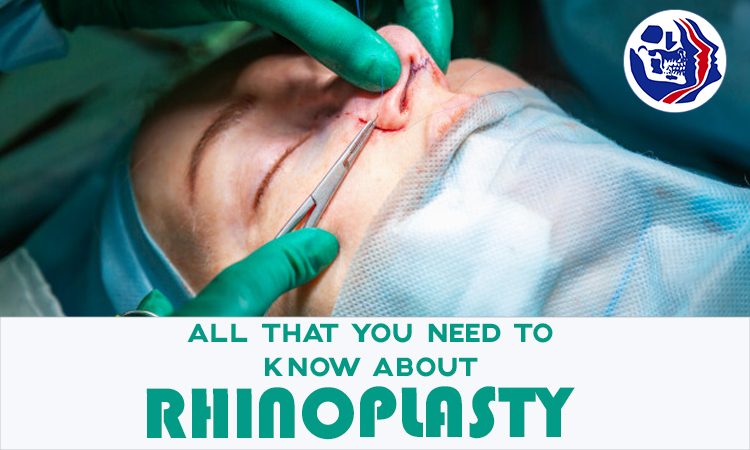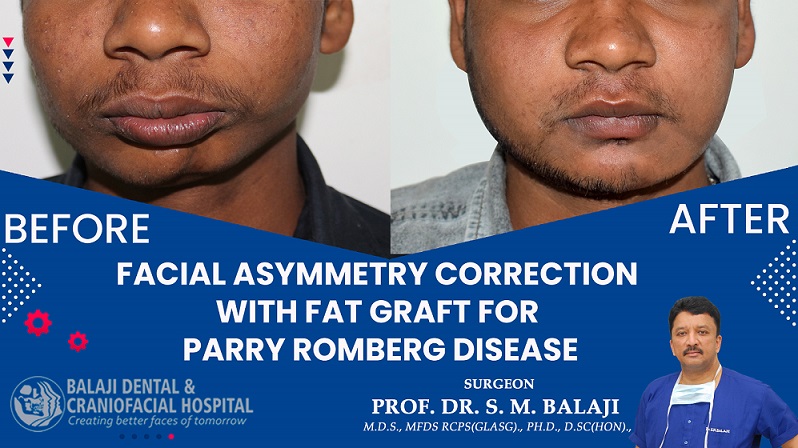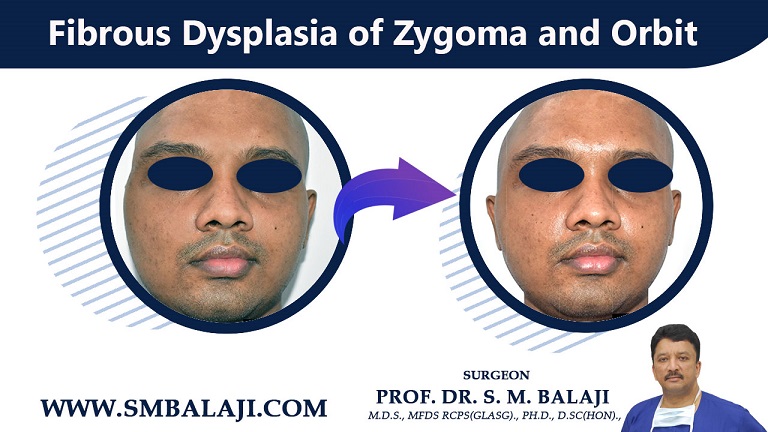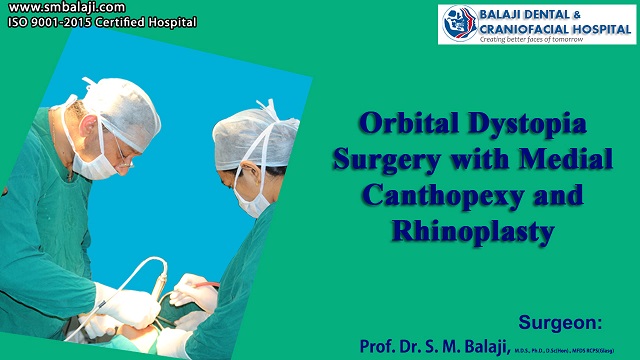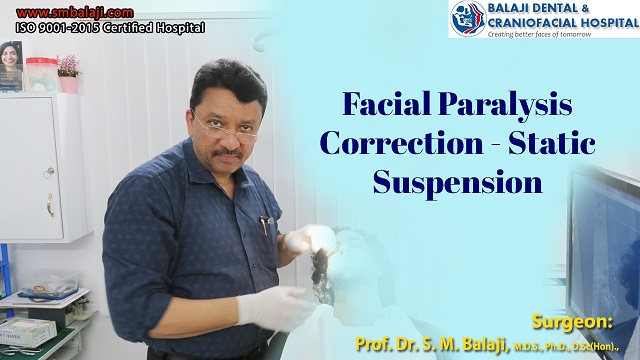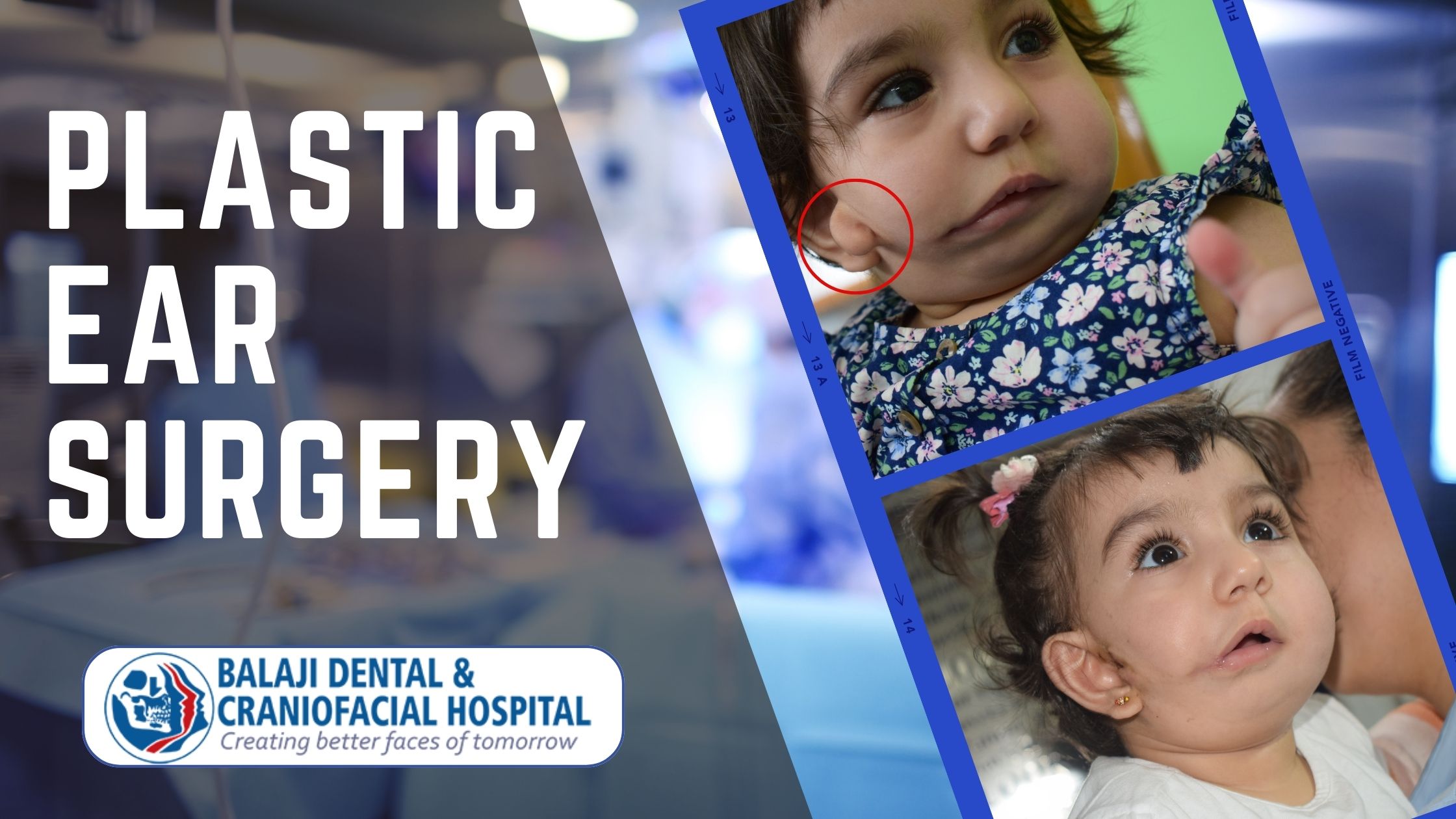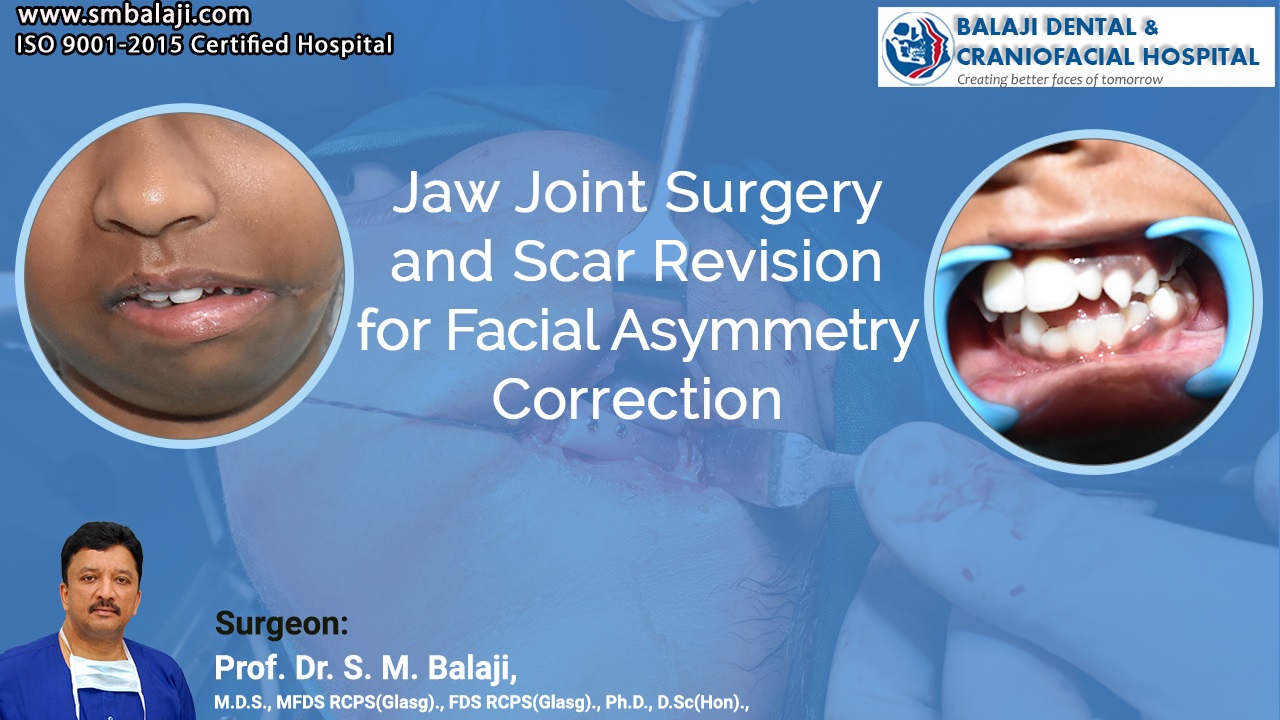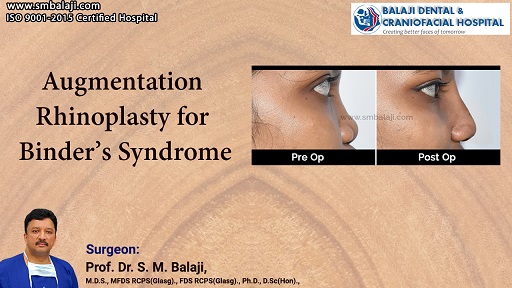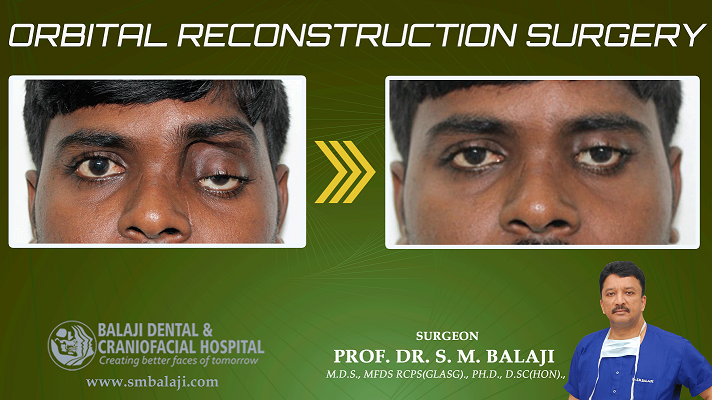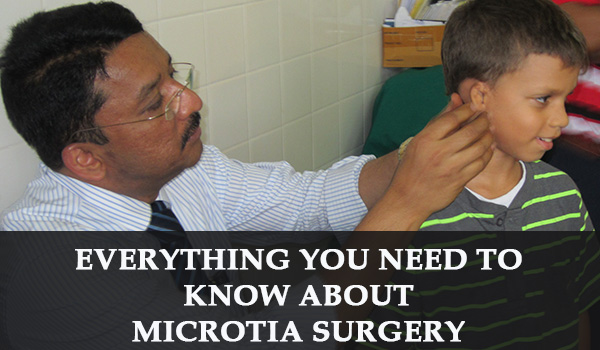
Everything You Need to know about Microtia Surgery
Centre for Excellence in Microtia Surgery in India
Congenital underdevelopment of the external ear is known as microtia. It is seen in approximately 1 out of 10000 live births around the world. This condition can either be unilateral or bilateral. The right side is more commonly affected when it is unilateral.
It is known as anotia when there is a complete absence of the external ear. Surgical reconstruction of anotia also follows the same principles that are used for microtia repair.
Microtia can vary in severity ranging from grade I-IV. Grade I microtia manifests as a very mild deformity. Grade IV microtia exhibits a complete absence of the external ear and ear canal. The cost of microtia surgery in India varies with the severity of the deformity.
Microtia surgery in India is offered by only a few superspecialty hospitals. The cost of microtia surgery in India is very nominal when compared to the developed Western countries. Microtia correction involves surgical reconstruction of the deformed external ear through ear reconstruction surgery.
Our hospital is a leading facial plastic surgery hospital in India where microtia reconstruction is performed. We have been performing microtia surgery for over 30+ years now. This is one of the specialty cosmetic procedures performed in our hospital.
We have rehabilitated scores of children and adolescents with microtia deformity. Recognized as a premier center for microtia surgery in India, patients from all over the world are referred to our hospital. We have been awarded as a leading facial plastic surgery hospital by many international associations
Possible Etiology behind the Occurrence of Microtia Deformity
Microtia can occur due to genetic defects in either a single gene or multiple genes. There is also a risk of microtia in women with gestational diabetes. It can also be found in conditions like hemifacial microsomia. A mild grade I microtia is difficult to diagnose at the time of birth.
Hearing is also affected in most cases of severe microsomia. Conductive hearing loss is seen in grade II microtia due to stenosis of the external ear canal. It is most severe in grade IV microtia with a complete absence of the external ear canal and the eardrum. Cochlear implants are used to restore hearing for children who are afflicted with the more severe forms of microtia.
Centre of Excellence for Microtia Surgery in India
Situated in Chennai, India, we are a leading center for facial plastic surgery in India. We specialize in facial reconstructive surgery as well as facial cosmetic surgery. Our center is a tertiary referral center for the correction of facial deformities.
Organizations such as the International Cleft Lip and Palate Foundation of Japan and the Dallas-based World Craniofacial Foundation of USA refer patients to us.
This is in lieu of the excellent long-term results for patients undergoing surgeries like ear reconstruction surgery in our hospital. The cost of microtia surgery in India is another factor that makes our hospital the first choice for many international patients.
Our hospital utilizes facial implants for a variety of cosmetic procedures. However, only autologous grafts harvested from the patient are used for microtia surgery. This gives the best results than the utilization of prosthetic ears.
Our hospital is a leading center for the correction of ear deformities. Optimal esthetic results are obtained to ensure total patient satisfaction. Bat ear correction is also performed in our hospital with very good cosmetic results.
Dr. SM Balaji, Ear Reconstruction Surgeon, has over 30+ years of rehabilitating children with congenital defects of the facial region. Our hospital is a renowned center for microtia surgery in India.
Microtia Surgery Utilizing the Two-Stage Technique for Optimal Results
We utilize the two-stage repair for microtia surgery in our hospital. This is a specialized surgical technique for ear reconstruction that is offered only by a few centers offering microtia surgery in India. Surgeons have to undergo many years of training before gaining mastery over this technique.
The first stage involves the harvesting of a costal cartilaginous graft. A template is then prepared using the normal ear as a guide in the case of unilateral microtia.
Construction of symmetrical templates with the creation of cartilaginous structures to recreate the ear is performed for patients with bilateral microtia. The templates help create symmetry in both outer ears through careful crafting of the rib cartilages.
The grafts are then crafted to replicate the structure of the normal ear. This is then inserted into a skin pocket that is created at the site of the deformed ear.
A drain is placed to create negative pressure to prevent the creation of dead space. The shape of the ear framework will be defined without redundancy. Excessive cartilage is banked to be utilized in the second stage repair.
The second stage of surgery is performed in four months’ time. The banked cartilage is first removed under general anesthesia. The cartilaginous structure that was placed in the skin pocket is then raised. The next step entails the utilization of a full-thickness skin graft to recreate the tissue behind the raised ear.
This results in the perfect recreation of asymmetrical ear structure at the site of the deformed ear. The cosmetic transformation is dramatic for the patient.
Leading Center for Facial Plastic Surgery in India
Microtia deformity is often debilitating to the patient. Patients with this deformity, especially children, can face difficulties in social settings as a result of nonacceptance by their peers. This could lead to withdrawal and depression with long-term repercussions.
Our hospital is also a leading research center for facial cosmetic surgery in India. We are considered to be the premier center for microtia surgery in India. Many surgical innovations have evolved in microtia surgery from the research undertaken at our hospital. These innovations have been adopted as the standard operating procedures by many surgeons around the world.
Development of a Dedicated Team for Microtia Surgery in India
Ably led by Dr. SM Balaji, facial plastic surgeon, our surgical team consists of dedicated medical and paramedical staff who have over 30+ years dealing with pediatric patients. Our pediatric anesthesiologists have extensive experience in dealing with children.
Our commitment to providing the best outcomes for our patients is unmatched. We pride ourselves on our dedication and empathy towards all our patients. Utmost importance is given to complete patient satisfaction at our hospital.
